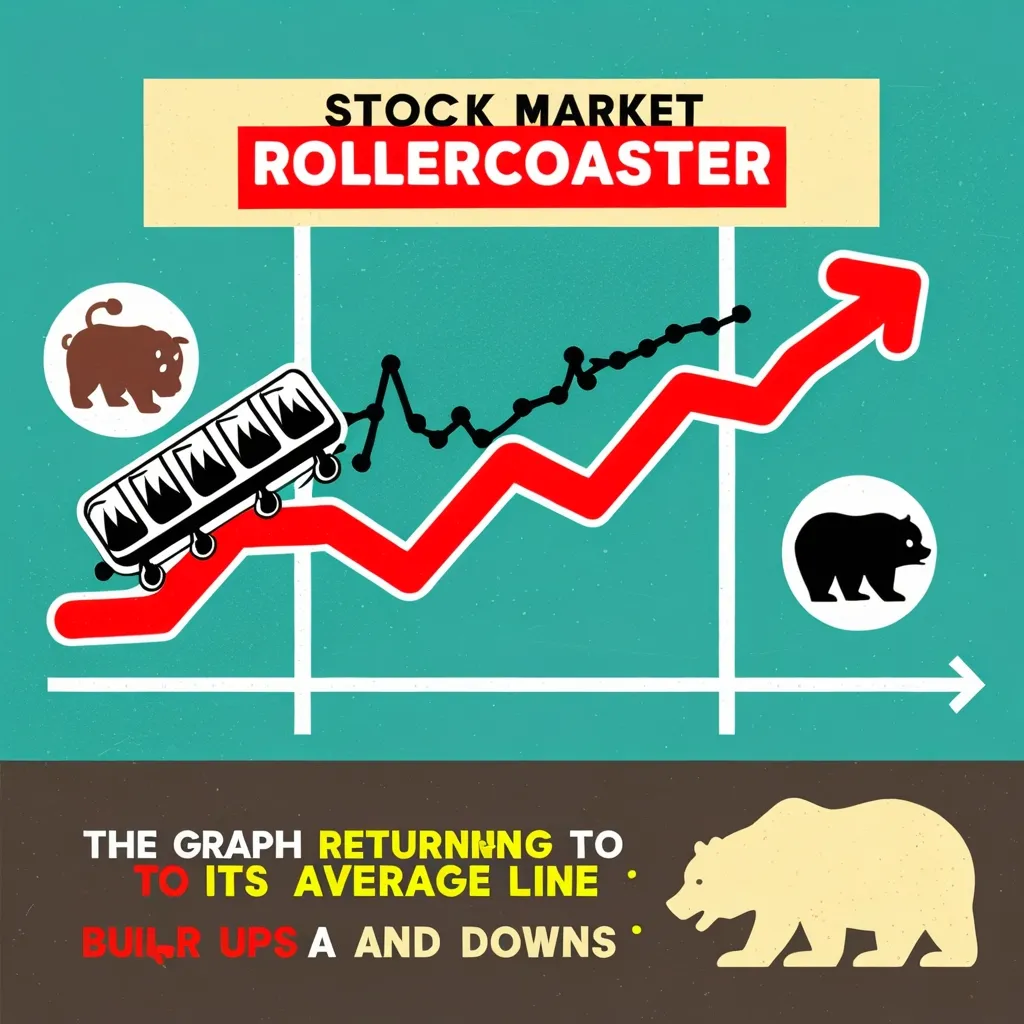Investing in the stock market can sometimes feel like trying to navigate a dense forest without a map. But there’s a trusty compass many savvy investors lean on: the dividend yield. This little number, as simple as it seems, carries a lot of weight when deciding where to plant your investment seeds. But before diving into the depths of this metric, let’s unravel what it means and why it matters.
Picture this: Dividend yield is like a friendly whisper from your investment, telling you what kind of return you’ll get purely from dividends compared to its current price. Think of it as getting a sneak peek into the rewards waiting for you when you decide to own a piece of a company. If you’ve ever wondered what your annual earnings would be from diving into a stock, this percentage is your go-to.
Now, how do you get your hands on this magic number? Simple math! You take what a company shells out annually per share in dividends and divide it by the stock’s current price, then multiply that by 100. Easy peasy. So, if a shiny stock priced at $50 pays out $1 annually, your yield sits at a neat 2%.
There’s more to the cake than just the icing, though. Dividend yield comes in a couple of flavors: trailing and forward. While the trailing style glances over the dividends of the last year, the forward look peeks into the future. The latter is like the savvier cousin, especially if there have been announcements about changes in dividend policies. It keeps you in the loop on what’s coming rather than just reminiscing about what’s been.
But why is dividend yield so crucial, especially when hunting for stocks that promise steady streams of income? It’s a handy tool for comparing dividend-paying stocks. However, let’s not put all our eggs in one basket. While this metric is crucial, remember to widen your gaze a bit. There’s more to a company than just its yield, and a holistic view can save you from making hasty decisions.
Growth in dividends is like a glowing endorsement of a company’s well-being. Some companies, earning the title of “dividend aristocrats,” have the bragging rights of boosting their dividends for over 25 years. These giants often promise dependable returns, akin to the reliable old friend who’s always there.
But, always act with prudence. Before leaping into dividend stocks, do a quick health check on the company. Look at the dividend payout ratio as it tells how much of the company’s earnings go into dividends. Poke around their earning trends and cash flow stamina to ensure they’re not singing a swan song of unsustainability. Companies racked with debt might have to cut dividends during rough patches, so keep an eye out.
Not all stocks hanging out in the high-dividend lane are the same. Some companies prefer to sow back their profits into growth rather than sprinkle it out as dividends. These high-flyers might zip past with impressive capital gains eventually. They might not offer immediate earnings but could promise fruitful returns in the long haul.
Unlike dividend yield, total return takes the whole bouquet into account. It considers dividends, other shiny distributions, and the capital gains or losses thrown into the mix. If a stock climbs from $80 to $100 over a year while handing out an annual $5 dividend, your total gain surpasses mere dividend yields, painting the full picture.
The land of high dividend yields can sometimes be littered with traps. A company’s yield might be reaching for the stars merely because its stock price has nose-dived. This could signal underlying troubles, misleading you with the illusion of an exceptional return. Always investigate before buying into the promises of an especially high yield.
Let’s paint a scenario for clarity. Imagine you’ve got two companies in your sight, Company A and Company B. Company A trades at $20, giving out a $1 per share annually, showing a yield of 5%. Company B, at $40, provides the same dividend but offers a 2.5% yield. While Company A’s yield looks tempting, peeking behind the curtain reveals more. If Company A is offering a higher yield because its stock is slumping, think twice. Understanding the ‘why’ behind the high yield can save you from potential pitfalls.
Industries paint their own unique pictures of dividend yields. Certain sectors, like utilities and consumer staples, are often the steady ships in the investing waters, boasting consistent yields. Real estate investment trusts (REITs) and master limited partnerships (MLP) also tend to offer higher dividends but keep in mind that these dividends might face a heavier tax toll.
Venturing into dividend-paying stocks involves a little detective work. Besides just staring at the yields, dive deeper:
- Look into a company’s history with dividends. Is it consistent?
- Check its financial vitals. Strong earnings and cash flow are good signs.
- Be skeptical of yields that seem a bit too high, they might be a red flag.
- Remember total return matters too; it encompasses more than just dividends.
In wrapping up this adventure through the dividend yield world, remember this metric serves as a beacon for those hunting income from stock investments. It offers insight into the dividends’ return relative to stock price but should always be paired with a broader consideration of company health and market trends. Armed with a robust understanding, you’re set to make more informed choices, aligning with your personal financial aspirations.
In this dance of investments and financial wisdom, grasping dividend yield can indeed illuminate the path through stock market woods. Whether you’re a seasoned pro or just starting your financial expedition, let this be your guide to building a thriving and income-generating portfolio. The next time you evaluate stocks, remember to peer beyond the mere dividend yield, considering the financial tapestry of the company, to craft choices grounded in insight and foresight.






